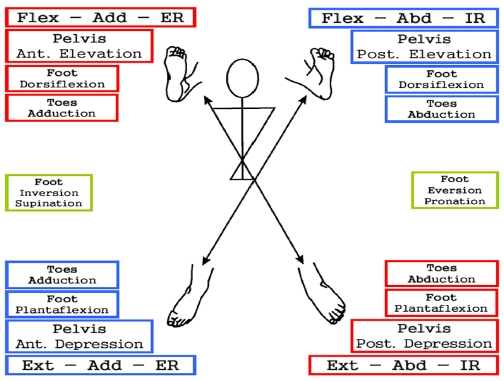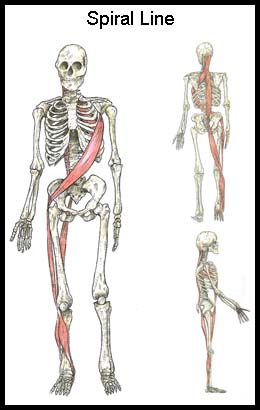The Smartest Core Training Exercises
2019-11-10
Core, core, core, it makes you think we are in the movie “Beetlejuice” the amount we discuss about what makes for better core training. It isn’t in just an effort to get clicks or have you read our blogs. Proper core training is so important almost no matter WHAT the fitness goal. Whether you are looking at improving your bench press, your squat, your shoulder/hip mobility, or just simply feel and look better. As Will Ferrell said about “cow bells” sometimes we just need more core training too.
Of course that is somewhat vague if you aren’t sure what core training should be about. It is NOT just about working “the abs” and it doesn’t have to be overly complicated science either. Many times, the simplest solutions we give people through DVRT have the BIGGEST impact. While most coaches and fitness professionals chase the 5%, we go after the 95%. Sounds like a pretty good plan right?

We can’t make something better that we don’t understand how it works in the first place. The point of core training is to teach the 35 muscles of the core to work synergistically to create a foundation that allows the body to perform at its highest levels.
What is a good example of how we approach the 95% with proper core training. Probably one of the best examples is how we take a familiar exercise like a lift/chop and give it so much more power and emphasis.
If you kinda sorta, not sure what a lift/chop is, these drills stem from the physical therapy system of PNF. Yes, the same PNF that most people see as just some contract and relax stretching techniques is a much more comprehensive system of restoring movement. Developed by neural therapists is the 1940’s for people with issues like cerebral palsy, MS, and many other neurological diseases, what these therapists did was actually develop a model that tied into exactly how the body wants to function and the true connection fo the brain to the muscles.

This is part of the VERY extensive system of PNF
While contract-relax methods are most popular from PNF, one of the biggest aspects of the system was to use diagonal patterns of the extremities to restore function of the arms and legs while improve core training. These therapists realized that the core was the gateway for the upper and lower body to communicate. It was also the foundation of the body, so if something was “off” in the core, then we would see changes in the mobility and strength of the extremities and entire body.
These diagonal patterns tie in so well to what our bodies want to do because our body works in opposites. I often refer to system like the “spiral line” that people like Thomas Myers discuss in “Anatomy Trains” that demonstrates the path of the force entering our body and how our foot is actually connected to our opposing shoulder. Crazy right?!

In strength training and fitness though, we can use the same concepts to perform smarter core training that makes a positive impact upon how we move and perform. While there are many ways to perform a lift/chop, I’ve seen using our Ultimate Sandbag and DVRT system make a big difference in the impact of core training we achieve.
The Ultimate Sandbag allows us to grip the weight in a manner that when we apply proper tension we get a high activation of the chains of our core that really represent real core training. The cuing is really important and you will want to check out how Physical Therapist, Jessica Bento, explains what we are trying to achieve in using the Ultimate Sandbag for these drills.
Our DVRT system looks to use these concepts from foundational core training exercises to more dynamic forms of strength. Most training programs only use lifts/chops as “corrective” work and fail to see if we keep progressing them in the right manner how we can cross the world of corrective and performance based training.
You can see how physical therapist, Dan Swinscoe gives great progressions of the dead bug and how we cue and use lifts/chops
I show how we make our core training far more effective and multi-faceted.
As DVRT coaches show……we can use the concepts of lifts/chops in a variety of more dynamic exercises. However, we have to make sure we own the foundations of these great core training exercises first otherwise the sloppiness doesn’t lead to greater results. After all, the point of doing any of these exercises isn’t to just make you tired, but to make you better!
DVRT Master, Cory Cripe even shows how these techniques are essential in familiar exercises like our hip bridges and WHY they are essential to building better glutei.
© 2025 Ultimate Sandbag Training. Site by Jennifer Web Design.






